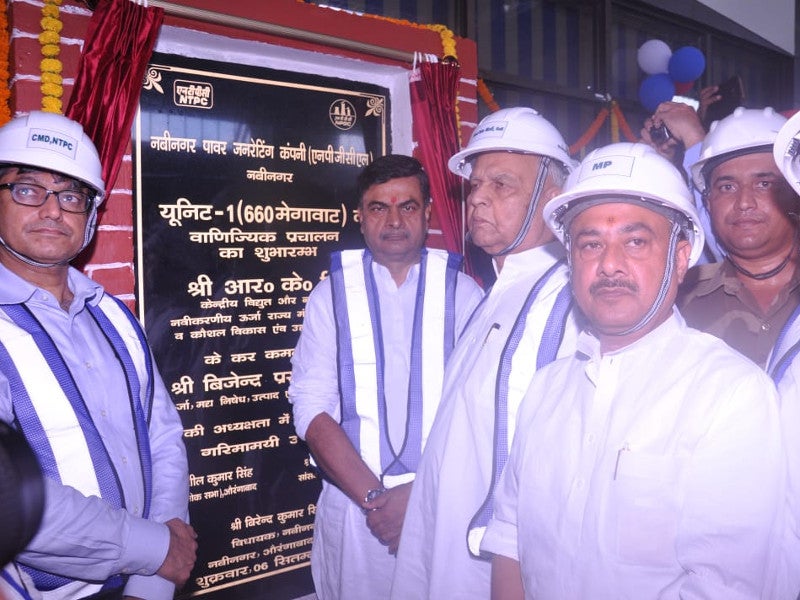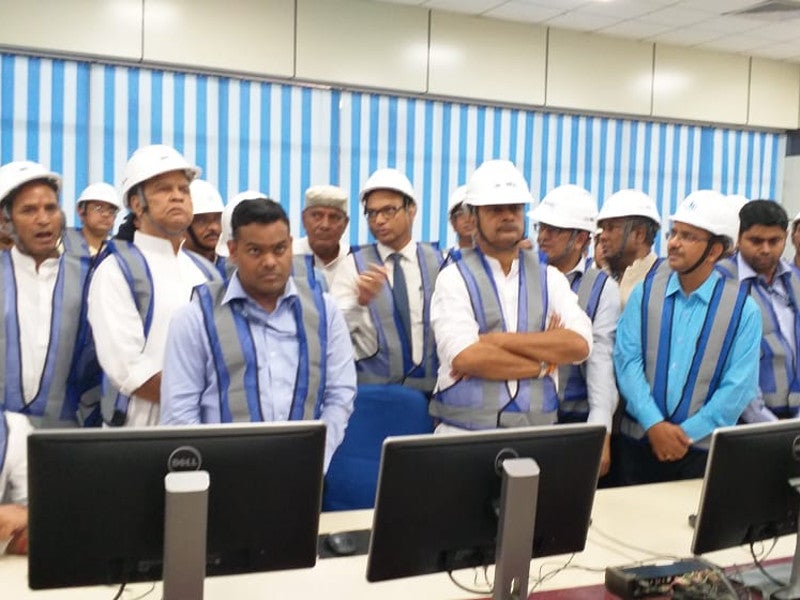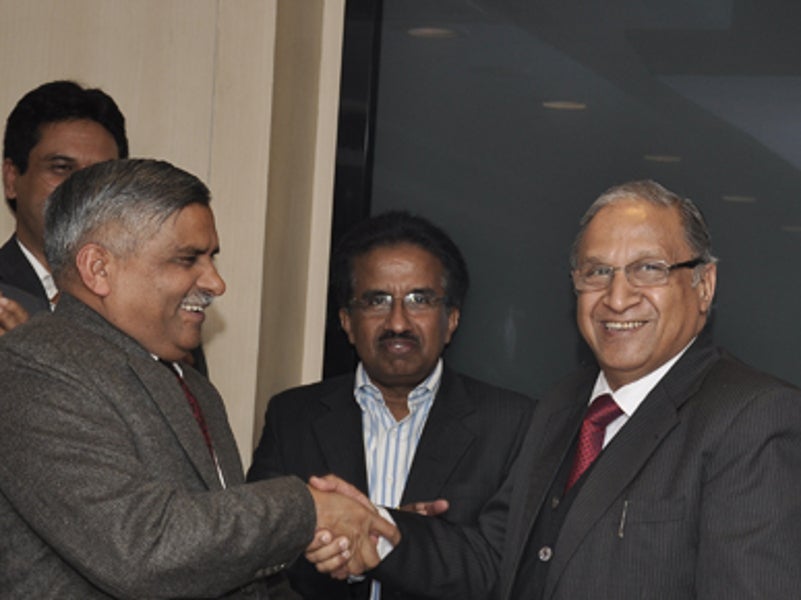Nabinagar super thermal power project is a 1,980MW coal-fired power station being developed in Bihar, India. The power station will be owned and operated by Nabinagar Power Generation Company, a 50:50 joint venture between India’s state-owned National Thermal Power Corporation (NTPC) and Bihar State Power Holding Company (BSPHC).
The power station is being developed with an estimated investment of £1.7bn ($2.1bn). It will comprise three 660MW super-critical coal-fired power generating units.
The first of the three 660MW units was commissioned in September 2019, while the remaining two units are under construction.
Environmental clearance for the project was granted in December 2010, while construction works were started after receiving investment approval in January 2013.
Nabinagar super thermal power project location and site details
The Nabinagar super thermal power project is being developed on a 2,800-acre site on the bank of Sone River, in the Aurangabad district of Bihar, India.
The project site is located near the Majhiawan village and the Ankorha railway station, approximately 15km away from Barun, a small town in Aurangabad district.
Plant make-up
The Nabinagar super thermal power project comprises three 660MW generating units, each comprising a super-critical coal-fired boiler supplied by BGR Energy, and a steam turbine generator supplied by Alstom Bharat Forge.
It will use two 275m-high flue stacks and two induced draft cooling towers.
A coal handling plant capable of processing 3,630 tonnes (t) of coal an hour will be built. The coal will be supplied from the North Karnpura Coalfield in Jharkhand.
The Nabinagar super thermal power station will require 125 cubic feet per second (cusec) of water, which will be sourced from the Sone River.
Other infrastructure facilities for the project include a water pre-treatment plant, an ash handling facility, and an on-site 400/132 KV switchyard.
Power supply and transmission
The Nabinagar Power Generation Company signed a power purchase agreement with Bihar State Electricity Board (formerly BSEB, now BSPHC) for the first 660MW unit of the Nabinagar super thermal plant in January 2010 and for the second 660MW unit in January 2011.
Bihar and Uttar Pradesh, two north Indian states, will respectively receive 78% and 11% of the total power generated by the Nabinagar super thermal power plant, while the remaining 11% of the plant’s power output will be distributed among other states in north-eastern India.
The electricity generated by the power station will be evacuated to the national grid through two 400kV double-circuit transmission lines connecting a 765/400kV substation at Gaya and a 400/220kV substation at Patna, respectively.
Financing
The Nabinagar super thermal power project is being developed through 70% debt and 30% equity.
The project company entered a £820m ($1bn) loan agreement with India’s Rural Electrification Corporation (REC), in February 2013.
Contractors involved
BGR Energy won the boiler contract for the Nabinagar super thermal power project in February 2012, while Alstom Bharat Forge was contracted for the supply of steam turbine generators in January 2013.
Bharat Heavy Electricals (BHEL) was contracted for the steam generator package as well as the switchyard for the power station in 2013, while Alstom was contracted for the transformers in the same year.
TRF was contracted for the coal handling plant, while McNally Bharat was contracted for the water pre-treatment plant.
Siemens was contracted for the supply and erection of electrical equipment for the project in May 2014.
Radix was responsible for site levelling earth work for the project, while Era Infra Engineering was engaged for offsite civil works.
Other contractors involved in the project are SAIL, Sachneider Electric, Havells India, KEI Industries, Policab wires, Gannon Dunkerley, DC Industrial Plant Services (DC IPS), Simplex, Sterling & Wilson, Thermax, and Technofab Engineering.





